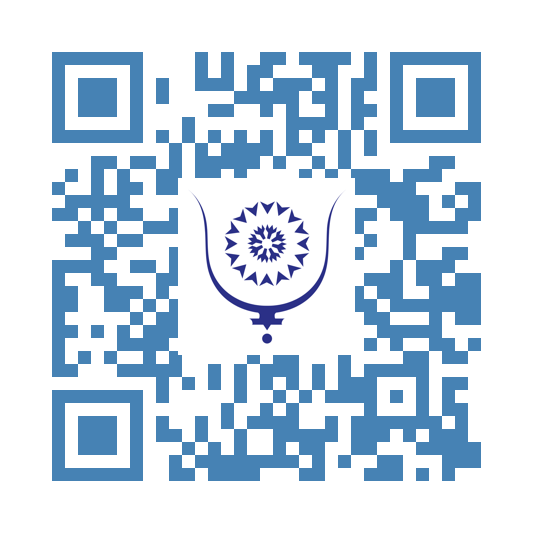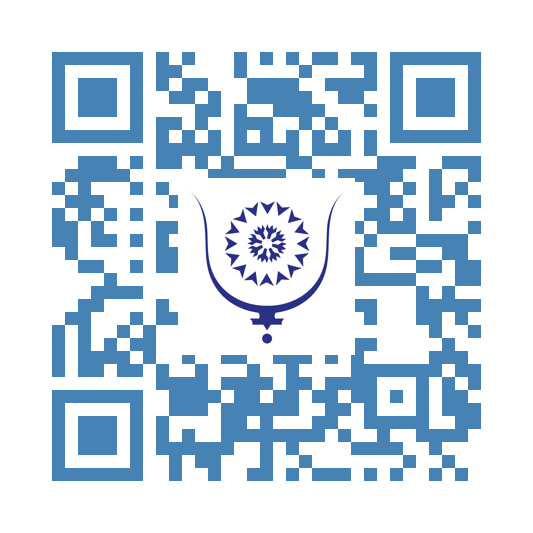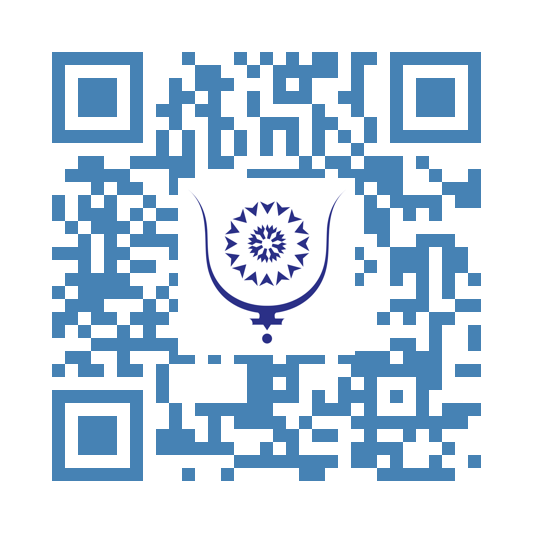La Whey Protein est incontournable dans le monde du Sport 1450
Partie 2
3) La Whey protein et la récupération :
Après un entrainement intense, les muscles subissent des micro-déchirures.
La whey protein fournit une quantité importante d’acides aminés essentiels en particulier la leucine. C’est un acide aminé qui joue un rôle crucial dans la synthèse des protéines.
Sa consommation peut accélérer la récupération et réduire les marqueurs des dommages musculaires facilitant ainsi la récupération chez les athlètes après un entrainement intense.
Certaines études ont été menées pour déterminer les effets de la Whey protéin sur la prévention de l’inflammation. Les scientifiques ont découvert que la whey protein entraine la réduction des paramètres d’inflammation comme l’ALAT et l’ASAT (deux paramètres d’inflammation).
LaWhey protein aide à réduire les niveaux de Cortisol (une hormone liée au stress),
4) Whey protein et les sportifs d’endurance :
La Whey protéine peut aussi être bénéfique pour les athlètes d’endurance. Elle peut aider à soutenir la récupération des muscles après des entrainements intenses et prolongés. Elle fournit une source de protéine qui permet aux athlètes d’endurance de maintenir leur masse musculaire et accélérer leur récupération après l’effort.
Le taux de digestion rapide de la whey protéin fournit une source rapide d'acides aminés qui peuvent être absorbés par les muscles pour réparer et reconstruire le tissu musculaire.
Mouna Ben Mhamed
Enseignante à l’Institut Supérieur du Sport et de l’éducation Physique du Kef, Tunisie.
Membre du Laboratoire de Physiologie de l’exercice et Physiopathologie (Faculté de Médecine de Sousse, Tunisie).
Ancienne membre fédérale, présidente de la commission d’organisation de la fédération tunisienne d’athlétisme, de la fédération de boxe et vice-présidente de la fédération tunisienne de culturisme.
Bibliographie
Santos PC, Libardi CA, Nóbrega SR, de Carvalho MB, Galan BSM, de Freitas EC. Effect of Protein and Carbohydrate Combined with Resistance Training on Muscular Adaptation. Int J Sports Med. 2021;42:259-63.
Pasiakos SM, McLellan TM, Lieberman HR. The effects of protein supplements on muscle mass, strength, and aerobic and anaerobic power in healthy adults: a systematic review. Sports Med. 2015;45:111-31.
Naclerio F, Larumbe-Zabala E. Effects of Whey Protein Alone or as Part of a Multi-ingredient Formulation on Strength, Fat-Free Mass, or Lean Body Mass in Resistance-Trained Individuals: A Meta-analysis. Sports Med. 2016;46:125-37.
Dudgeon WD, Kelley EP, Scheett TP. Effect of Whey Protein in Conjunction With a Caloric-Restricted Diet and Resistance Training. J Strength Cond Res. 2017;31:1353-61.
Huang WC, Chang YC, Chen YM, Hsu YJ, Huang CC, Kan NW, et al. Whey Protein Improves Marathon-Induced Injury and Exercise Performance in Elite Track Runners. Int J Med Sci. 2017;14:648-54.
Roberson PA, Romero MA, Mumford PW, Osburn SC, Haun CT, Vann CG, et al. Protein Supplementation Throughout 10 Weeks of Progressive Run Training Is Not Beneficial for Time Trial Improvement. Front Nutr. 2018;5:97.




